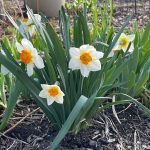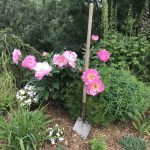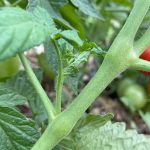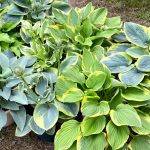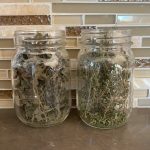Raised bed gardening is a fantastic way to improve your gardening success, especially in colder Zone 3 and 4 climates like Alberta. I have put together a complete guide to raised bed gardening where we’ll cover everything you need to know to succeed in your raised bed gardening journey.
One of my friends just converted her conventional in-ground vegetable garden into a set of raised beds and she loves the change!
Is traditional in-ground gardening not working for you? It has limitations when space, practicality, and mobility can be an issue.
Enter raised bed gardening!
Raised garden beds are a trend that started about 20 years ago and has now become a horticultural institution that is here to stay.
If you’re considering installing raised garden beds, this blog is for you!
Topics covered in this blog include:
- What is a Raised Bed Garden?
- The Advantages of Raised Bed Gardens
- The Disadvantage of Raised Bed Gardens
- Which Plants Grow Best in Raised Garden Planters
- Plants to Avoid Growing in Raised Beds
- How to Keep Soil Healthy in Raised Beds
- The Care and Maintenance of Raised Bed Gardens
What is a Raised Garden Bed?
A raised garden bed, or raised planter box, is a form of garden bed that is higher than the surrounding ground with the soil contained in some type of enclosure.
Raised gardens are often built with wood or brick frames, the soil is layered inside, and plants are cultivated within its borders.
Raised planter boxes come in many forms, sizes, and heights.
Their height can range from as low as 20-30 cm (8-12″) above ground level to as high as 1 m (3′).
Advantages of Raised Bed Gardens
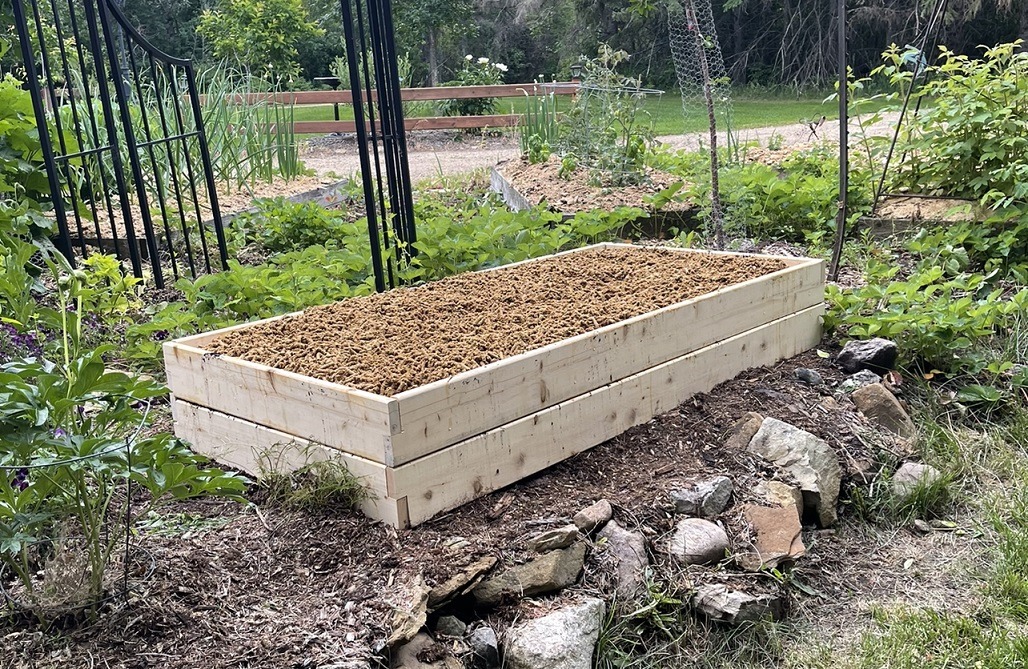
The hallmark of raised beds is their easy accessibility, maintenance, design flexibility, and practicality.
1. Raised Beds are Versatile
Raised beds work in any size of gardening space and can be custom-built to fit any yard.
- Tiny yards, small patios, and even big yards pose no problem for this adaptable gardening system; they can be adapted to be as small or large as the growing space can accommodate.
- All raised bed dimensions; height, width, and length; are customizable, and it’s up to the gardener to craft what fits their space.
- Multiple raised bed gardens can be grouped creatively to expand or contract available gardening space.
2. Raised Garden Beds are Easy to Build
- Building a raised garden can be as straightforward or as complicated as you wish; the only limitations to the design would be the ones you put on yourself.
- Be sure to use untreated lumber when building raised gardens to prevent toxic chemicals from leeching into the vegetables.
3. Raised Bed Gardens are Productive
Raised beds are incredibly high yield growing environments.
- Raised bed planter boxes keep soil warmer in the summer than flat ground. Warmer soil translates to quicker maturation times.
- As vegetables ripen faster, it makes successive vegetable plantings or crops possible.
- Related: Wondering about details on growing a garden? Check out these resources in my online store: Vegetable Planting Chart & Companion Planting Chart
4. Raised Bed Planters Have easy Accessibility Because They are Above Ground Level
- Routine maintenance tasks like watering, weeding, and mulching are simpler because there’s less bending.
- Raised beds can be watered by hand or automated irrigation.
- It’s easy to incorporate trellises and fencing into raised beds for plants to climb.
5. Raised Beds can be Built to Address Mobility Issues
- Physical limitations need not stop gardeners!
- Elevated garden heights can reduce back issues; if needed, the planters can be used with stools or wheelchairs.
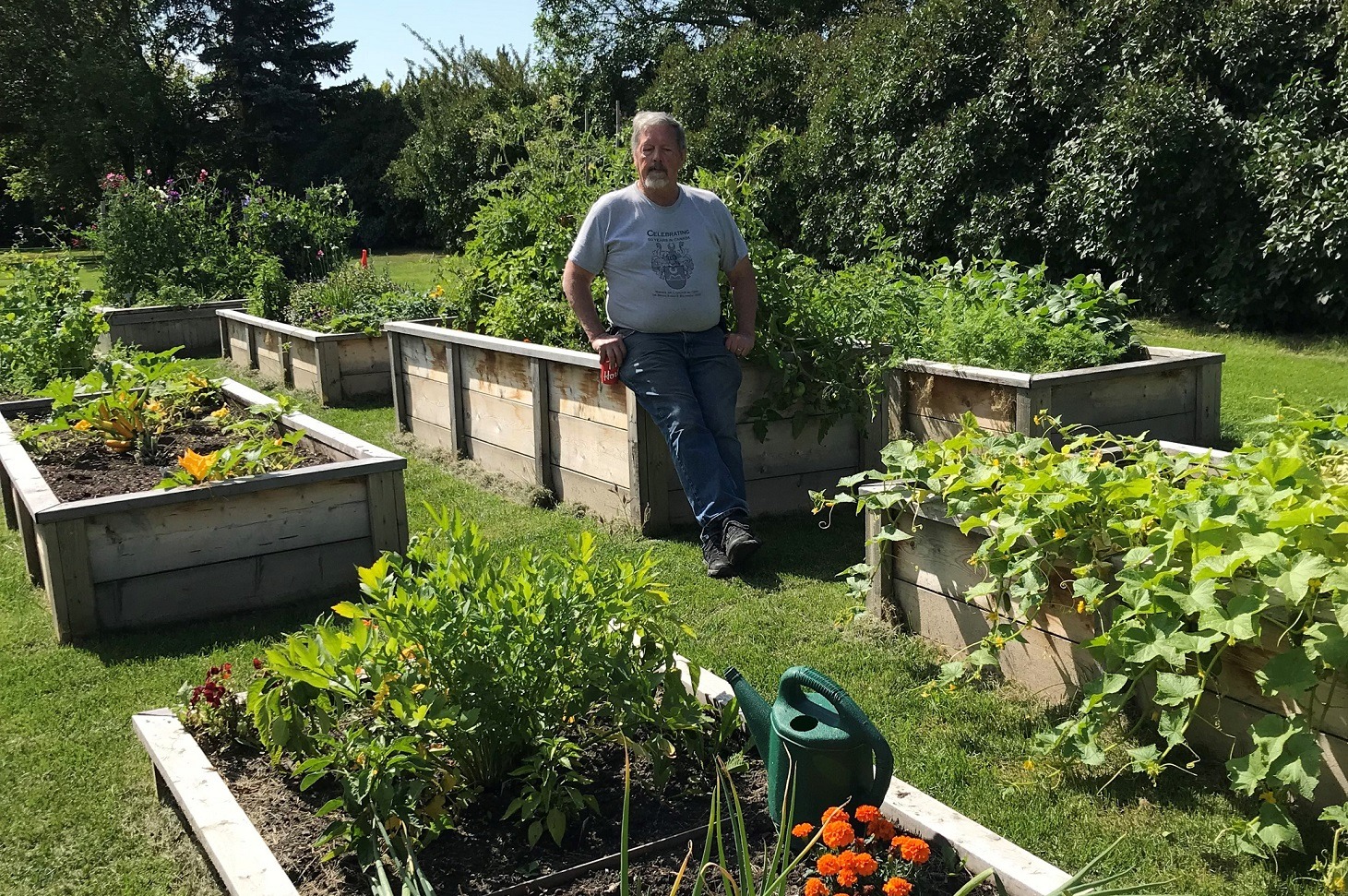
Related:
Are you looking for a simple raised bed system? Check out these 2 raised bed sources:
- The Doug Garden If you are looking for a simple to build raised garden bed kit that uses no tools, requires no digging, and comes complete with all the soil components, check out The Doug Garden at Grow Doug. I have one, and it works like a charm.
- 3rd Perspective Design Matt builds stylish, durable raised garden beds that will last a lifetime. Here’s the link to Matt’s website: 3rd Perspective Design
The Disadvantage of Raised Garden Beds
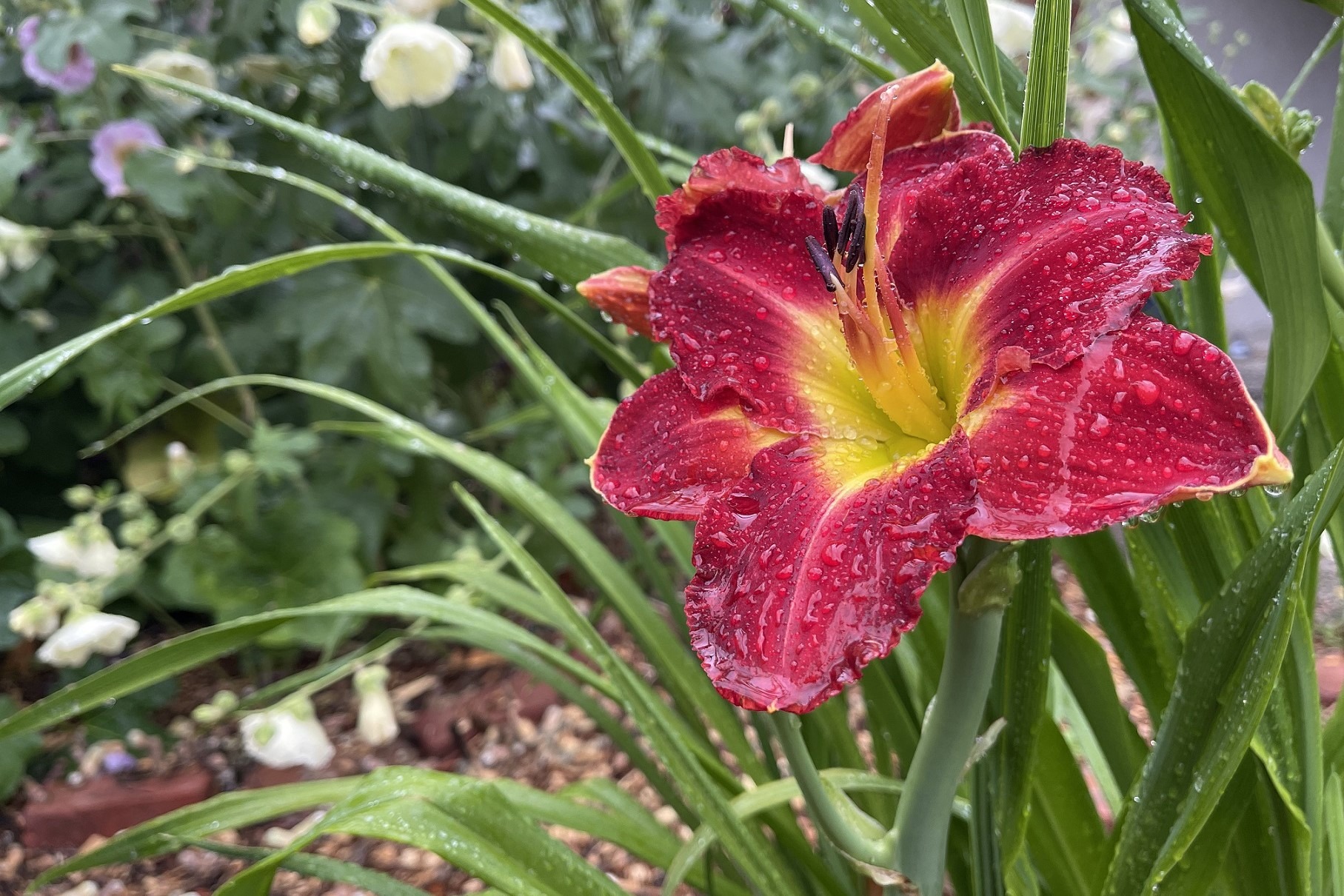
There are few cons with raised garden beds. The most consequential disadvantage is that they are challenging to overwinter perennials through our zone 3-4 winters.
Perennials depend on the insulation of the ground surrounding their root structures, and snow cover supplies additional protection during cold winters. A 30 cm (12″) layer of snow mitigates freezing soil temperatures and keeps it around -10 C (14 F).
However, in raised garden beds this shelter isn’t available, and roots get overexposed to freezing temperatures.
Roots in a raised bed are like water in an ice cube tray. Cold air circulates around the raised bed as it does the water pockets in the ice cube tray and roots freeze because they sustain significantly colder temperatures than perennial roots snug in the ground.
This increased exposure to the cold in raised beds makes it difficult, if not impossible, for perennials to survive with any degree of predictability in plant growing zones less than 5.
Related: What are Plant Hardiness Zones and How do They Work?
The Best Plants to Grow in Raised Garden Beds
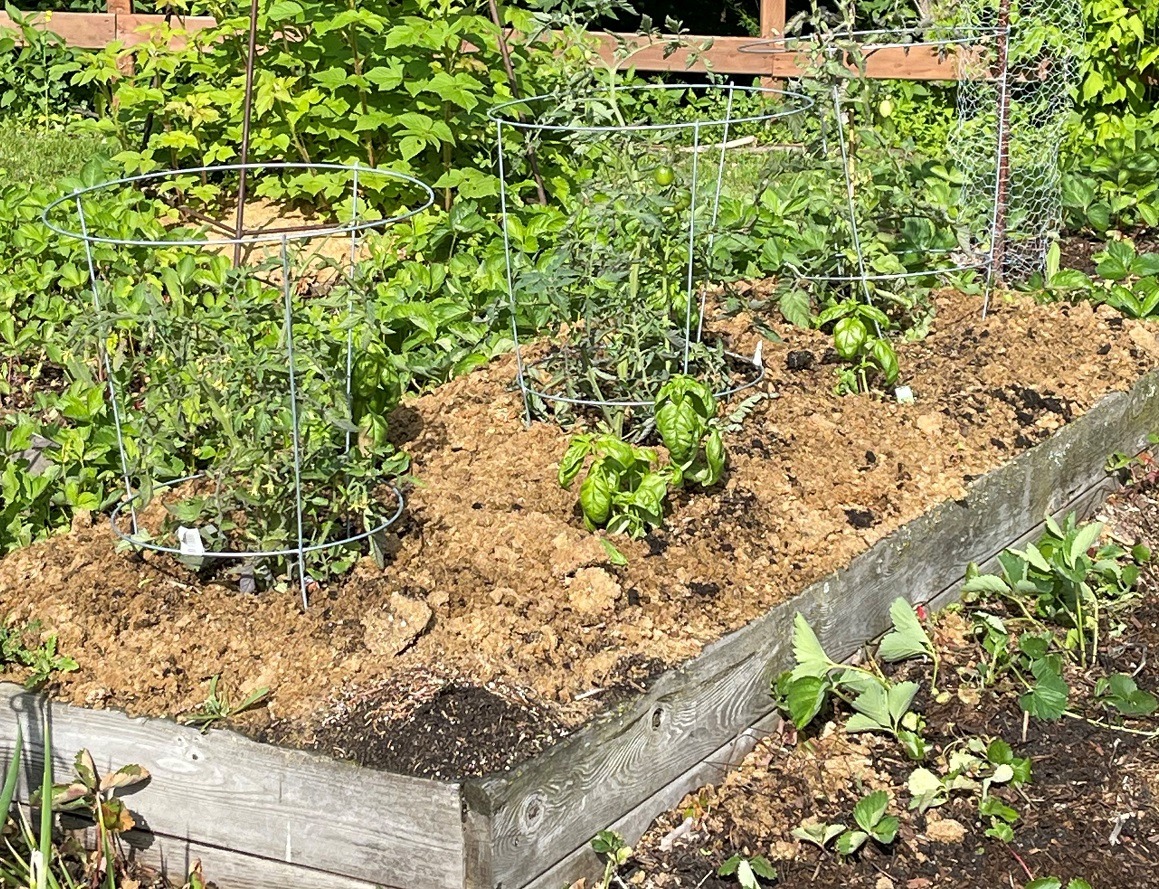
Raised garden beds are fantastic for any annual flower or vegetable garden. Vegetable gardens require a healthy dose of daily sunshine of at least 8 hours a day, and flower gardens grow well in raised beds in sun or shade.
Vegetables that love heat thrive in raised beds, especially tomatoes, cucumbers, and peppers, because their roots stay warm, and initially being from the tropics, these vegetables love this.
Quick-maturing crops like lettuce, spinach, and kale are also great for raised bed planters. They can be seeded every other week to provide a continuous supply of fresh greens for the entire growing season.
Root crops like carrots, parsnips, and beets love growing in raised beds because the soil is soft, and their roots can spread and mature with little resistance.
Vegetables that like to climb trellises work well in raised beds. For example, regular peas, snow peas, sweet peas, tomatoes, and climbing bean varieties grow on trellises in raised planters.
All annual flowers and grasses grow well in raised beds, too. Examples of annuals include fountain grasses, dracaena varieties, asters, begonias (if it’s shady), Cleome, Geraniums, Strawflowers, Gazanias, Petunias, Snapdragons, Zinnias, and all kinds of trailing annuals like Sweet Potato Vine, Verbena, Calibrachoa can cascade over the edges.
Keeping Soil Healthy in Raised Garden Beds
The type of soil that you fill your raised beds with is one of the most important decisions you will make about your raised planter.
Soil health is an essential piece of a flourishing garden, and the good news is that soil health is easy to maintain if you start with sound components.
Annual plants only need a maximum soil depth of 45 cm (18″) for vigorous root growth, so garden beds that are raised higher than this don’t need to be completely filled with soil mixtures.
False bottoms can be incorporated to reduce the quantity of soil needed, or tree branches, logs, and leaves can fill the bottom half.
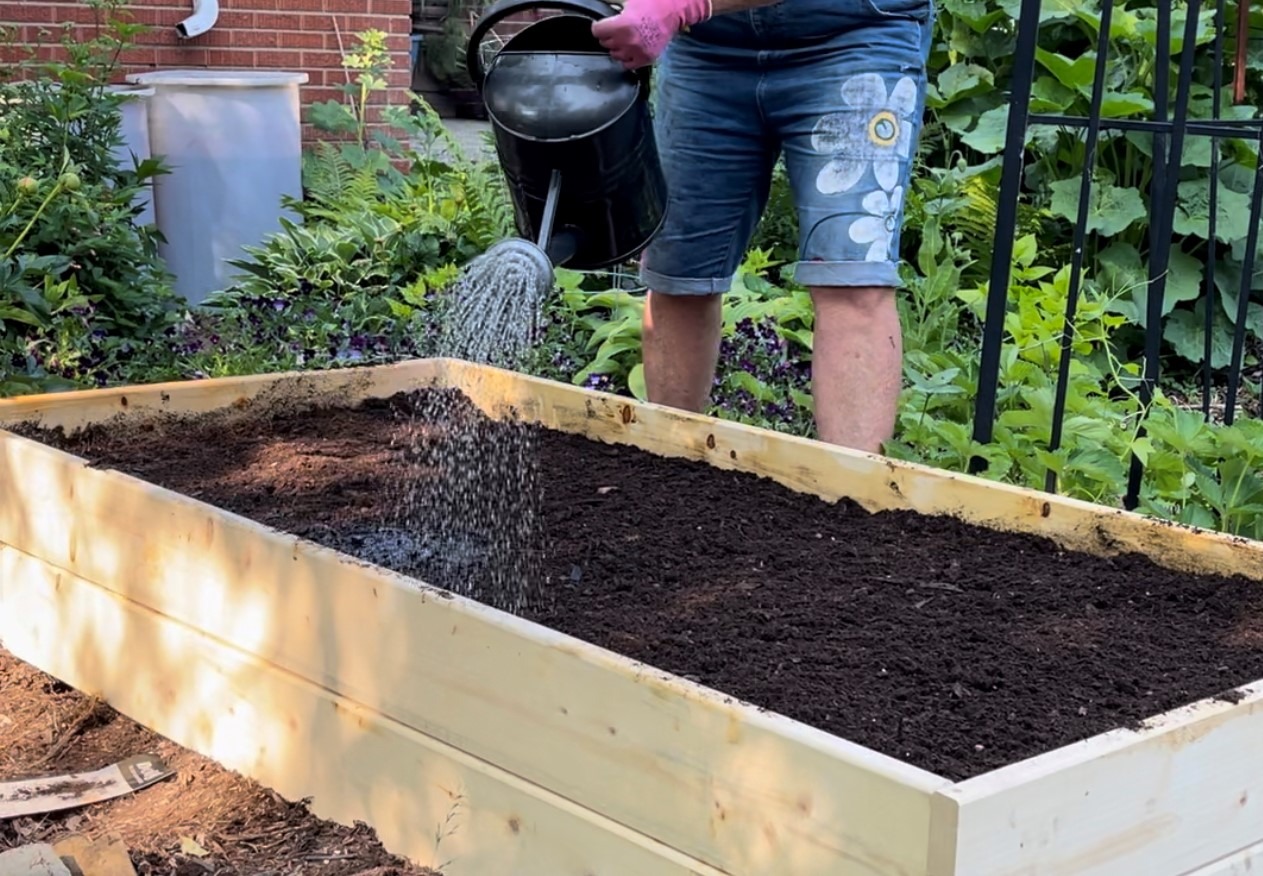
My Favourite Way to Fill Raised Garden Beds with Soil
Soil is a living, active, and complex entity. It is filled with bacteria, fungi, insects, and other types of creatures that work symbiotically within the airspaces to create an environment that interacts with roots and their microscopic structures.
My Method
Some soil components encourage these relationships better than others, so I like to fill raised beds with a mix of elements to create an environment that supports the growth of soil microbes.
I prefer to use organic components, especially when growing food.
Also, know that gardening is flexible, and I encourage you to use what you have available.
First Layer: I like to start my raised bed with a thick layer of overlapping newspaper or box cardboard at the base. I use at least 6 layers of newspaper.
- The purpose of this layer is to create a barrier between any grass or weeds and the soil of your raised bed. It will keep weeds or grass from taking over the soil of your bed.
- Water the cardboard or newspaper with clear water until it is saturated.
Second Layer: On top of the first layer, place 7.5 cm (3″) of leaves or fine straw.
- Water with clear water until it is saturated.
Third Layer: Add a 7.5 cm (3″) layer of organic compost and water until it is saturated.
Fourth Layer: Place a 7.5 cm (3″) layer of organic soil over the compost and water until saturated.
Continue to alternate and saturate compost and soil, ending with soil when the raised bed is filled, leaving at least 15-20 cm (3-4″) of space at the top for mulch.
How to Amend Soil in Raised Beds
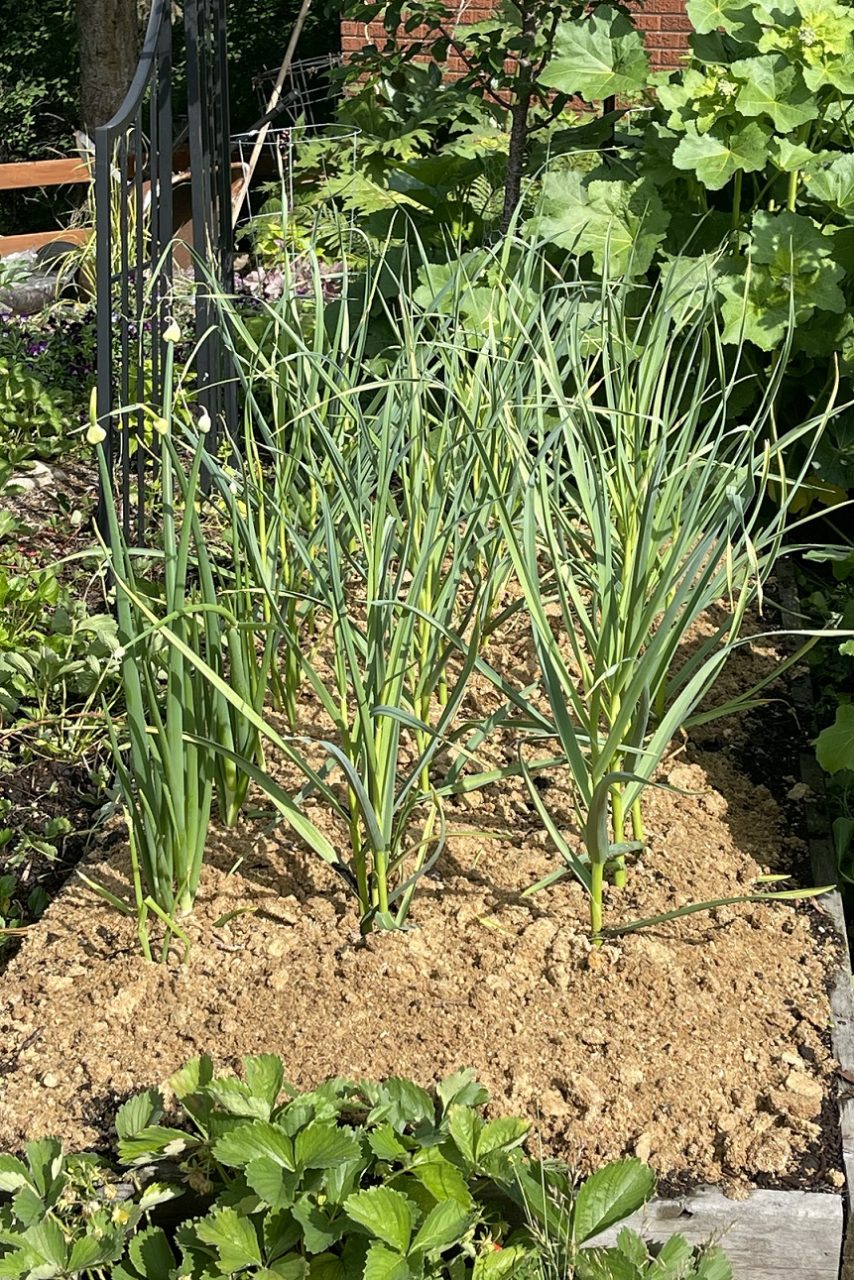
Maintaining soil structure and microbes are vital to fertility in raised beds.
The goal of soil amendment is improving the environment to optimize plant growth, and soil amendment is anything that boosts the physical properties of soil, like:
- Increasing the number of air spaces
- Enhancing its ability to hold water, distribute better (porosity), or drain better
- Promoting the ability to retain nutrients
Organic amendments come from sources that were living at one point, either plant or animal.
Examples of organic amendments are listed below:
- Compost – is decomposing organic matter. Compost is one of the best choices for soil amendment because the decomposition process is well on its way.
- Well-rotted manure – usually requires additional nitrogen. Fresh manure has high ammonia levels and is not recommended.
- Bark mulch – helps aerate the soil.
- Grass clippings – composted grass clippings are best to use because of the nitrogen demands of fresh clippings. If using fresh grass clippings, you may need to add some fertilizer.
- Peat Moss is not recommended because it is acidic and difficult to hydrate.
How to amend soil:
- Place a 5-7.5 cm (2–3inch) layer of a combination of the above amendments and gently incorporate them into the top layers of the raised bed soil each fall.
- Top with a small layer of mulch.
- There is no need to dig or deeply turn over the soil in a raised bed. Allowing the soil to maintain its structure lets microbes grow uninterrupted.
Care & Maintenance of Plants Growing in Raised Beds
Here are a few tips for tending plants in raised garden beds.
1. Use Mulch with Raised Beds
Mulch is a protective layer of covering material placed on the soil’s surface and spread around the base of plants.
- Mulch improves soil fertility, prevents erosion, reduces water evaporation, insulates the soil from heat and cold, and lowers the gardening workload.
- Related: What is Mulch? Making Garden Magic with Mulch
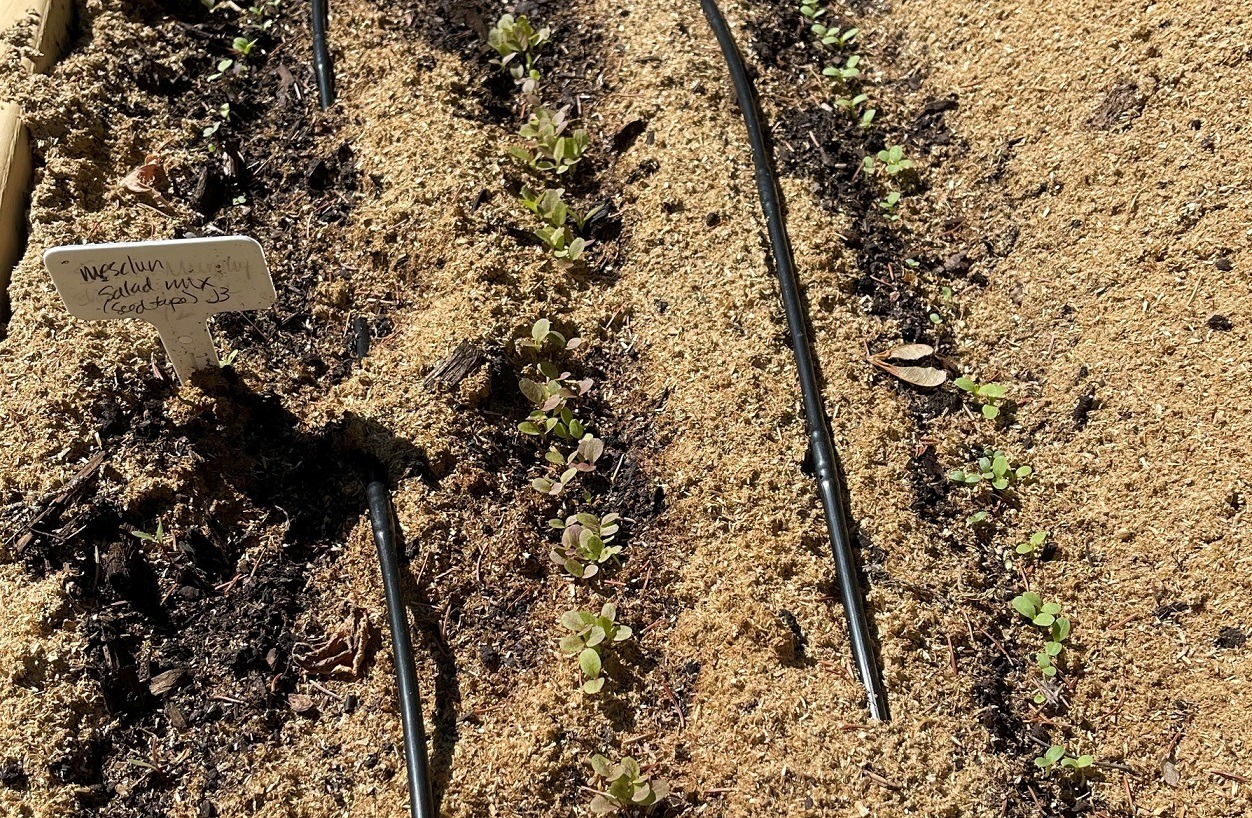
2. Water Raised Garden Beds Regularly
Assess your garden daily for its hydration status and water as needed. You will get an idea about the rhythmical of your garden when you check it regularly.
- Plants will tell you by wilting that they need water. It’s never a good idea to let plants regularly wilt because of the stress this causes.
- Drip irrigation and hand watering work well with raised bed gardens.
- Mulch helps to lock in soil moisture.
3. Use Fertilizer with Raised Bed Gardens if Necessary
Fertilize as needed. If plants need fertilizer, they will look pale, flowering will slow, and vegetables will be less productive.
- Use a natural or organic fertilizer weekly or biweekly as necessary.
- You will find that the healthier the soil, the less you will need to fertilize.
- Related: How to Understand Fertilizer Labels, What is the Best Way to Fertilize Plants?
4. Weed Raised Garden Beds Regularly
Weeds compete with plants for nutrients. To maximize nutrient availability and uptake, keep weed growth to a minimum.
- Mulch helps significantly to keep weed growth at bay.
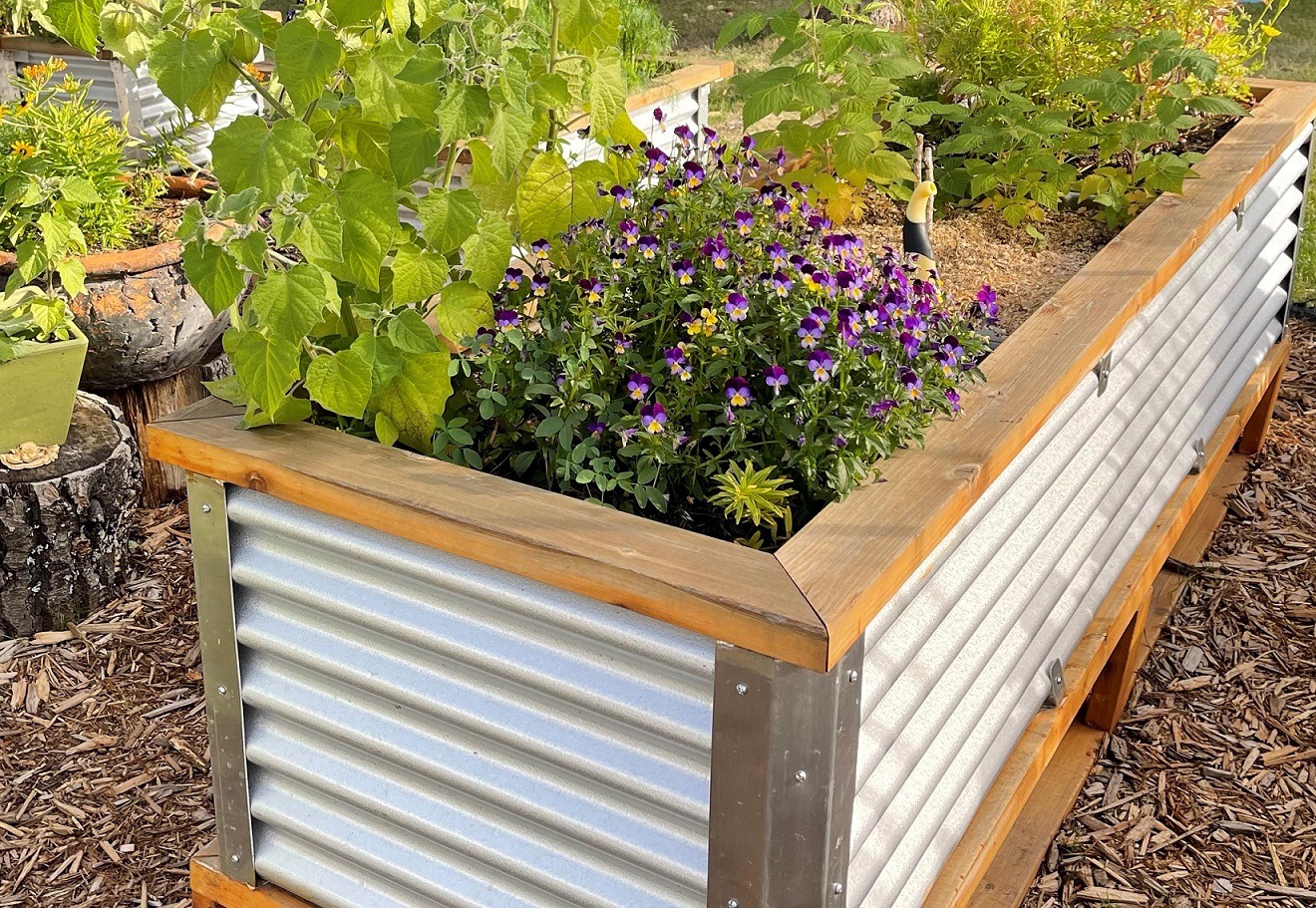
In Conclusion
I love my raised garden beds. They are productive and simple to work.
If you are looking for a solution to a cramped gardening space or need to refresh your yard, consider raised beds, it’s a decision I feel you will never regret.
©Sharon Wallish Murphy ©Gardening with Sharon





